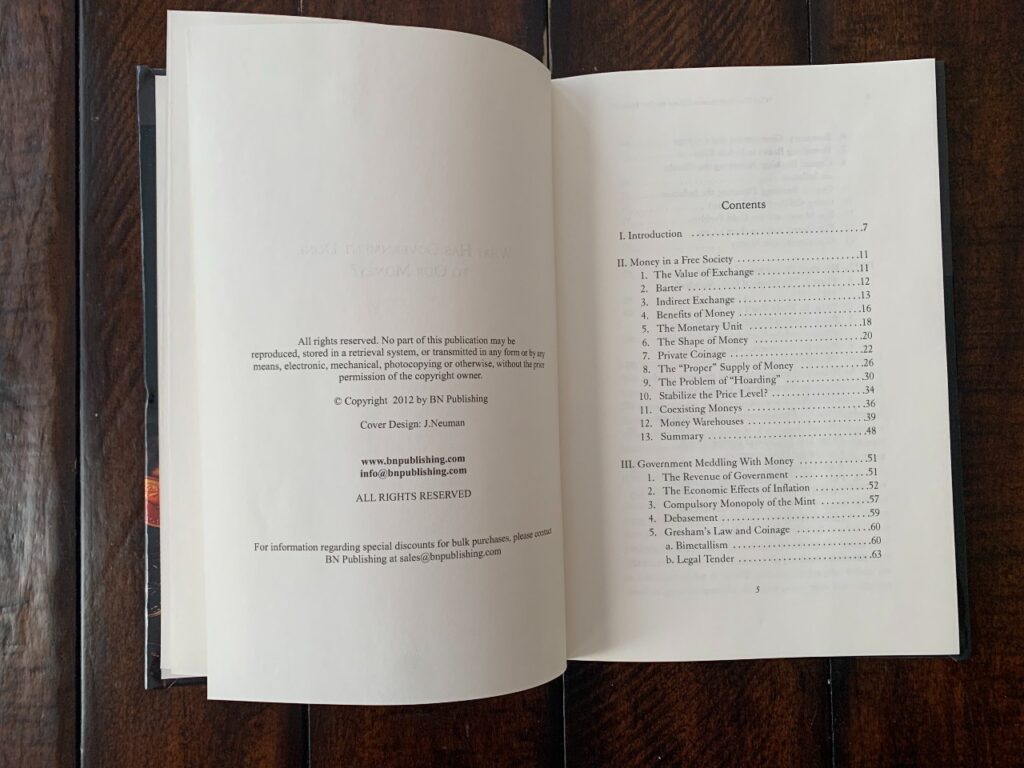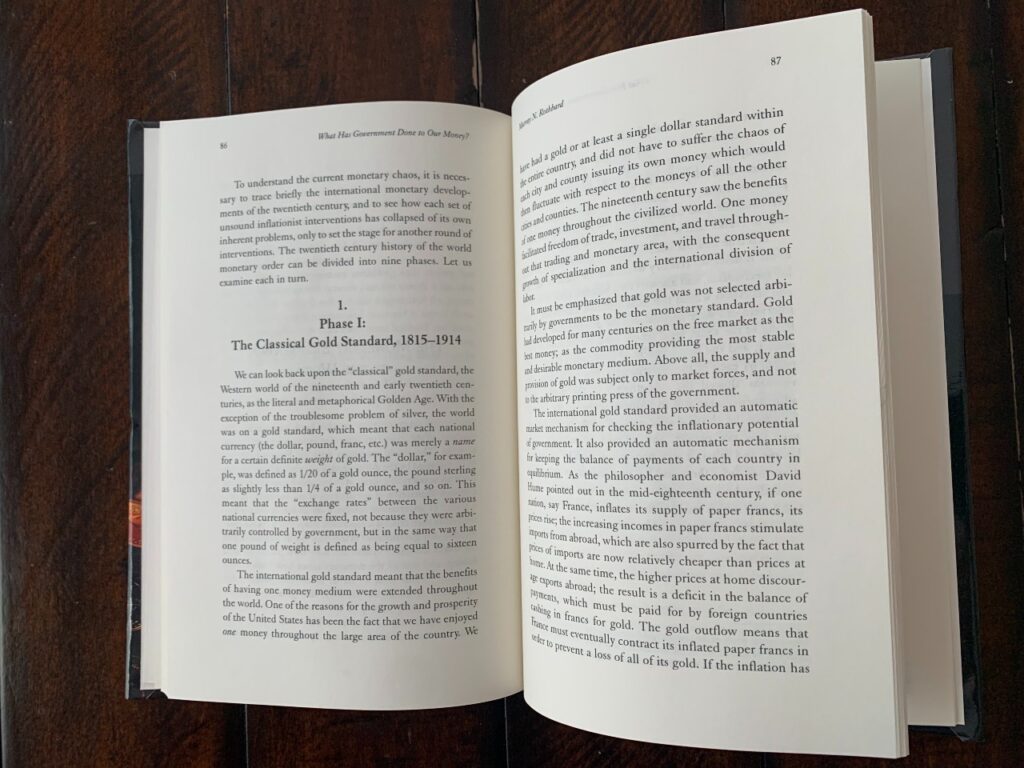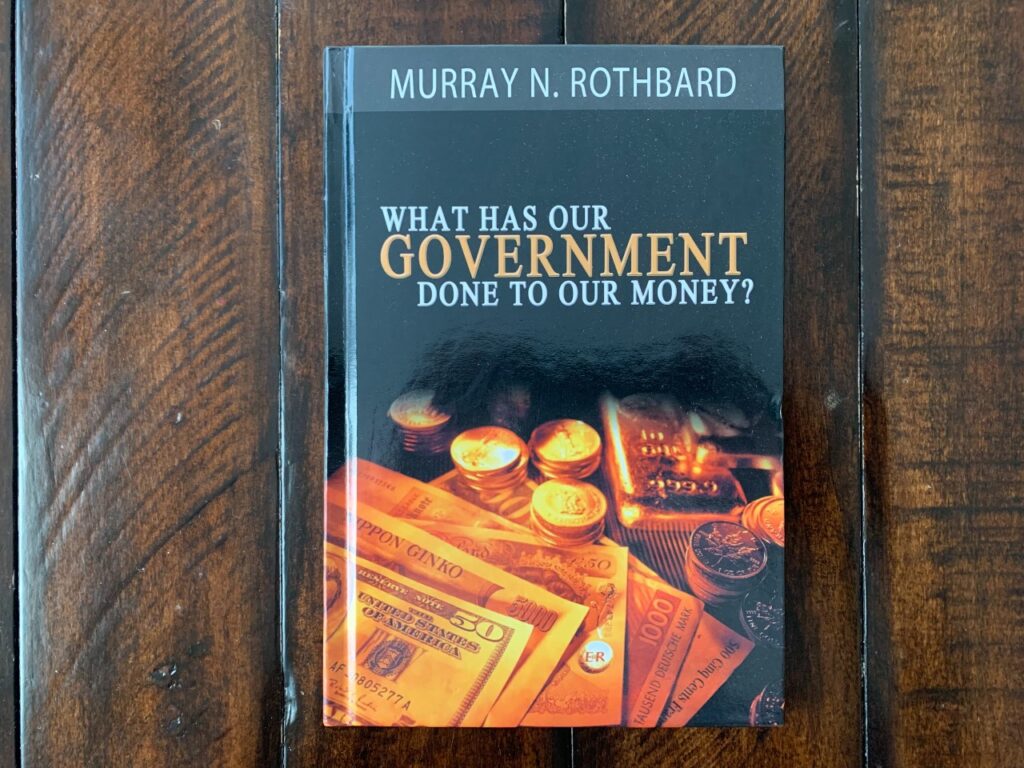Overview and Enduring Relevance
In an era of cryptocurrency, quantitative easing, and intense debates about monetary policy, Murray Rothbard’s 1963 treatise “What Has Our Government Done to Our Money?” remains remarkably relevant. As a trusted voice at RealReviews.net, I approach this influential work with fresh eyes, examining how its arguments about sound money and government intervention in currency markets speak to contemporary economic challenges.
Writing Style and Accessibility
Rothbard’s slim volume accomplishes something rare in economic literature: it makes monetary theory both accessible and engaging. The author’s passion for the subject matter shines through in crisp, clear prose that guides readers through complex concepts without sacrificing intellectual rigor. This combination of accessibility and depth has helped the book maintain its influence for over half a century.

Historical Foundation and Core Arguments
The book’s structure follows a logical progression, beginning with fundamental questions about the nature and origin of money. Rothbard explains how money emerged naturally from market exchanges, replacing inefficient barter systems with more flexible means of trade. This historical foundation sets up his central argument: that money functions best when it develops through voluntary market processes rather than government decree.
Banking and Central Bank Analysis
One of the book’s strongest sections details the evolution of banking practices and the rise of central banking. Rothbard meticulously documents how banks create money “out of thin air” through fractional reserve banking, and how central banks, backed by government authority, enable and protect this practice. His explanation of this process is particularly valuable for modern readers grappling with similar questions about monetary expansion and inflation in our own time.

Market Dynamics and Economic Freedom
The author’s analysis of exchange rates and interest rates under free market conditions provides a compelling counterpoint to conventional wisdom about the necessity of government management of these crucial economic indicators. While some readers may find Rothbard’s advocacy for completely free markets radical, his arguments are well-reasoned and supported by historical evidence.
The Gold Standard Debate
When discussing the abandonment of the gold standard, Rothbard goes beyond surface-level analysis to identify specific interest groups and policy decisions that contributed to this momentous shift in monetary policy. This attention to detail helps readers understand how theoretical economic principles play out in real-world political decisions.

Contemporary Relevance
What makes this book particularly valuable for RealReviews.net readers is its enduring relevance to contemporary monetary discussions. Whether considering the rise of digital currencies, the Federal Reserve’s response to economic crises, or ongoing debates about inflation and monetary policy, Rothbard’s framework provides useful tools for analyzing these modern phenomena.
Austrian School Perspective
However, readers should approach the book with awareness of its perspective. Rothbard writes from within the Austrian School of economics and doesn’t shy away from advocating for his views. While his arguments are well-constructed, those seeking a more neutral overview of monetary policy may want to complement this reading with other perspectives.

Gresham’s Law and Monetary Theory
The book’s treatment of Gresham’s Law – the principle that “bad money drives out good” under legal tender laws – is particularly insightful. Rothbard explains how government intervention in currency markets creates perverse incentives that lead to the hoarding of sound money and the circulation of debased currency, a pattern that continues to play out in various forms today.
Theoretical Contributions
One of the book’s most significant contributions is its clear explanation of the money regression theorem, which addresses how money originally obtains its value. This theoretical foundation helps readers understand both historical monetary systems and modern developments in digital currencies.
Limitations and Modern Context
A limitation of the book is its age – written in 1963, it obviously cannot address recent developments in monetary policy and financial markets. However, the principles Rothbard outlines provide a useful framework for analyzing these newer phenomena. In fact, many of his predictions about the consequences of fiat currency systems have proven prescient.
Final Assessment
From our perspective at RealReviews.net, this book earns high marks for its clarity, thoroughness, and ongoing relevance to contemporary economic discussions. While readers need not agree with all of Rothbard’s conclusions, the book provides valuable insights into the nature of money and the effects of government monetary policy.
For those seeking to understand the fundamentals of money, banking, and government monetary policy, “What Has Our Government Done to Our Money?” remains an essential read. Its combination of theoretical rigor and readable prose makes it an excellent starting point for anyone hoping to make sense of modern monetary debates.
Whether you’re a student of economics, a concerned citizen, or simply someone trying to understand the forces affecting your savings and purchasing power, Rothbard’s classic work offers valuable insights. As we continue to navigate complex monetary waters in the 21st century, the questions raised in this book become ever more pertinent.
This review is part of RealReviews.net’s ongoing commitment to providing thoughtful, comprehensive analyses of influential works that shape our understanding of economics and public policy. Visit RealReviews.net for more in-depth reviews of books, products, and services that matter to informed consumers.

